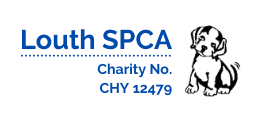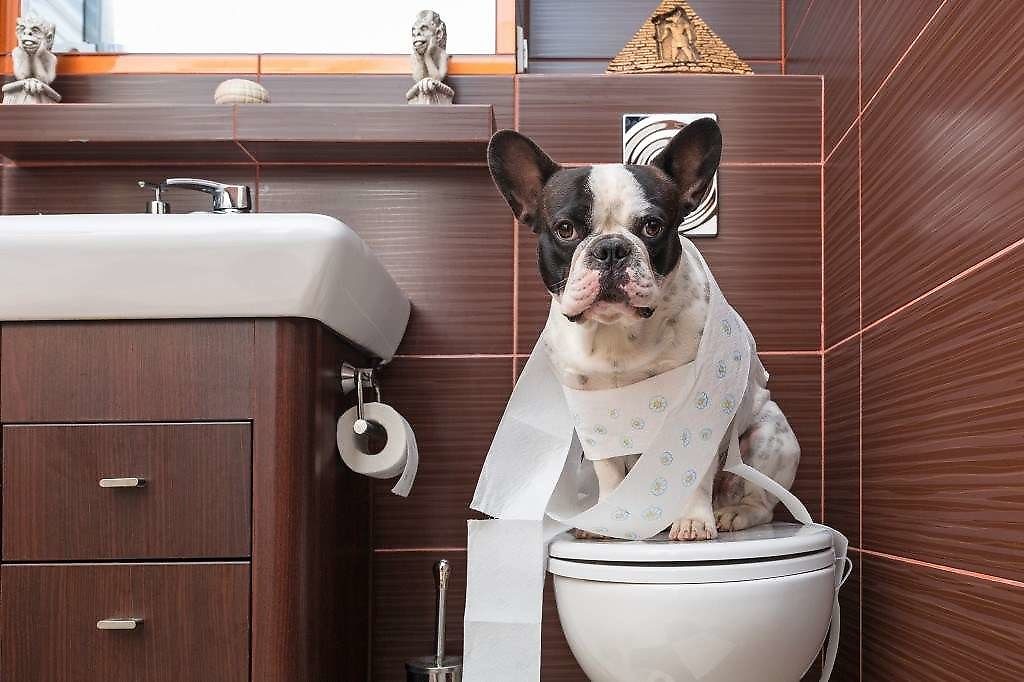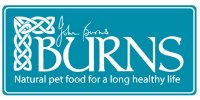When you welcome a new dog into your home, one of the first steps you may need to take is to housetrain them. Even if you have been informed that your new dog is fully housetrained, it is often worth refreshing their memory especially if they have spent a period of time in kennels as they may just need to get used to the new environment.
Reward-based training
It is important that you use reward-based training. It is not only more successful than other training methods, but also means you and your dog can work towards a positive relationship that will serve as a good foundation for future training.
Housetraining your dog in six simple steps
1. Take your dog out regularly
Make sure your dog is in the right place at the right time to do their toileting. At first, take your dog out as often as every hour. This reduces the chances of them messing inside and teaches them where it’s good to go to the toilet.
2. Recognise the signs
You’ll soon start to recognise the signs when your dog needs to go to the toilet. Dogs typically become fidgety, often sniffing around looking for a suitable location to go, begin to circle or squat, or appear distracted. Be particularly vigilant after naps, feeding, and periods when they have been left alone.
3. Take them to the same spot
Try to take your dog to the same outside place using the same exit. This exit should be one that is visible to you, so when they head for the exit, you will know that they want to go to the toilet.
4. Go outside with your dog
It is essential that you go outside with your dog as this is your opportunity for positive praise, telling them this is the correct place to go and rewarding them calmly with a treat.
5. Continue the walk
Walk your dog around for a bit longer before going back inside. This will ensure that they do not learn that going to the toilet ends outside playtime.
6. Gradually cut down on your hourly outings
If after a few minutes your dog is showing no signs of going, take them back inside. As you learn your dog’s toilet routine you will be able to cut down on your hourly outings to the garden and focus on quality rather than quantity.
Accidents will happen
What to do if you catch your dog in the act
If you catch your dog toileting indoors or you think they are about to go, try and interrupt them by calling them in an excited way and get them into the garden.
It’s important not to punish your dog because they may come to associate going to the toilet in front of you with punishment. In the future, even when you’re out for a walk, your dog may worry about going to the toilet in front of you and wait until you get home to sneak off into a hidden place.
Even if your dog initially makes a mistake, make sure you give lots of praise when they go to the toilet outside.
What to do if you find the evidence
If you don’t catch your dog in the act because you were out of the room or house at the time, there is nothing you can do. Reprimanding the dog after the act will have no effect. They will not associate the punishment with the earlier accident.
Cleaning up
When cleaning up after your dog’s accident it is important that the area is always cleaned properly. Avoid any household detergents that contain ammonia. This is a natural chemical that occurs in your dog’s urine and will encourage them to mark the area again.
What to do if your housetrained dog is still having accidents indoors
As well as not being housetrained, there are many other reasons why a dog will go to the toilet in the house, such as stress about being left alone. If you suspect there’s an underlying problem such as anxiety, or the steps above are not working, seek out a reward-based behaviourist or trainer.





